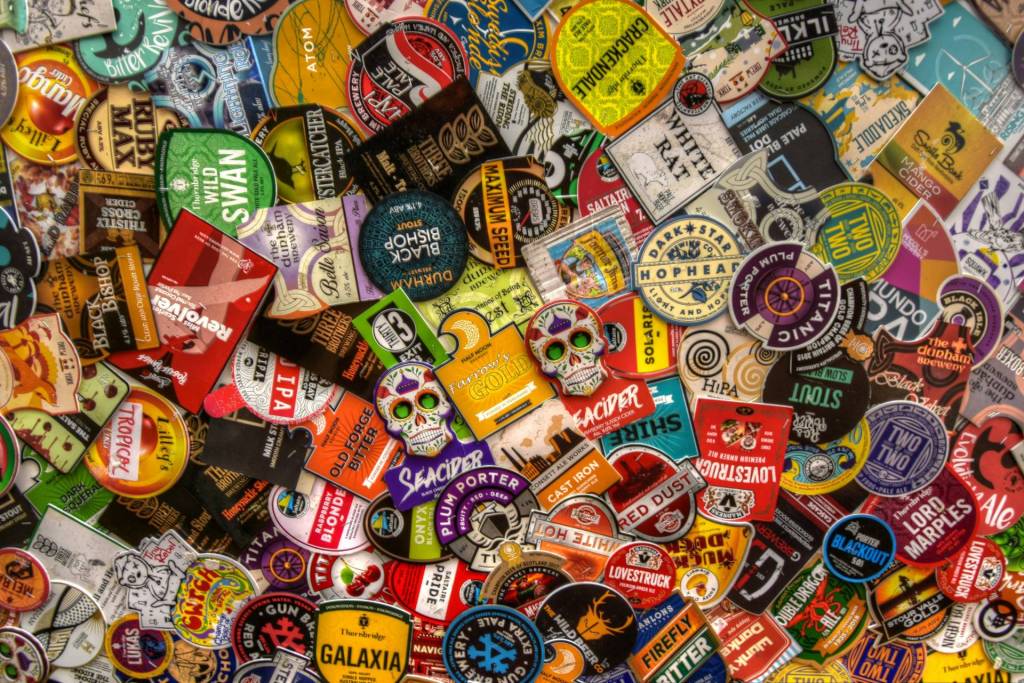Tom Peters asked employees of large companies to “think like a CEO” as they branded themselves within the organization in the late 1990s. The idea was to contribute to the company in a way that helped you stand out, and helped you take control of your own brand and destiny within your career. The concept helped launch the personal branding movement of today.
I’d suggest that today’s CEOs need to think more like a brand. Not all CEOs are in need of a makeover, but judging from the public outcry regarding the financial services industry as an extreme example, CEOs as a category are in big trouble. If CEOs were a brand, we would label this a full-fledged crisis.
Just a few headlines from the news recently:
- “Connecticut’s Vote Working Families is offering bus-tours of the luxurious mansions of the AIG execs who are in line to receive gigantic, taxpayer-funded bonuses.”
- A US Senator called for executives and CEOs who received bonuses to apologize and then commit suicide
- The CEO of AIG said his executive team and other employees were afraid for their lives
Granted, some of this anger is pointed at the financial services industry. But you can’t deny it’s getting personal – and a little scary. What’s going on here and how can thinking like a brand help these embattled executives?
Brands sometimes find themselves in trouble. Most business schools have numerous case studies about how big brands have responded to crisis in the past: how Tylenol responded to the poisoning crisis in the 1980s; or how Exxon responded to the Valdez Oil Spill. There are countless examples of who’s done it right and who’s done it wrong.
But those examples deal with companies. Today’s tinder-box environment is focused squarely on the CEO and other top executives. To turn this around, they’re going to have to think like a brand. And what would a brand in trouble do? They’d call in their crisis response team.
Crisis response
In my Global Marketing course at the UCLA Extension, we spend quite a bit of time discussing the global implications of a crisis on a brand and what to do about it. The list can get extensive but the starting point is clear:
- Develop an effective strategy to avoid, or at least minimize, the negative impact of pending or breaking crises
- Address the needs not only of external stakeholders, but also of employees – because every employee is a PR representative and crisis manager for the organization, whether you want them to be or not
- Develop and prepare a KEY MESSAGE
- Create and coordinate the online crisis-response activities, to include blogging, etc.
Leveraging a CEO brand
Imagine if these CEOs currently in trouble with public perception had spent time developing a personal brand. The ability to mitigate the current trouble is painfully evident.
Favorably branded CEOs are valuable in good times and in bad. Like a well- respected brand, they are known, desired, and coveted by their audience and able to project calm during unstable times. We could have been witnessing CEOs who were visible and respected leaders leveraging clear and distinctive executive brands.
This is a cautionary tale for CEOs in other industries to get busy and build their brand in order to survive any crisis that may come up. The public is searching for strong CEO brands that diminish confusion and uncertainty.
Leveraging the CEO brand is only possible when the CEO has built the value of the brand. This could be an opportunity for that rare executive to emerge with a well-managed brand and not only help restore calm but stand head and shoulders above the competition as time goes on.
Author:
Beverly Macy is the Managing Partner of Y&M Partners and teaches a social media class at the UCLA Extension. She also co-hosts Gravity Summit events.












